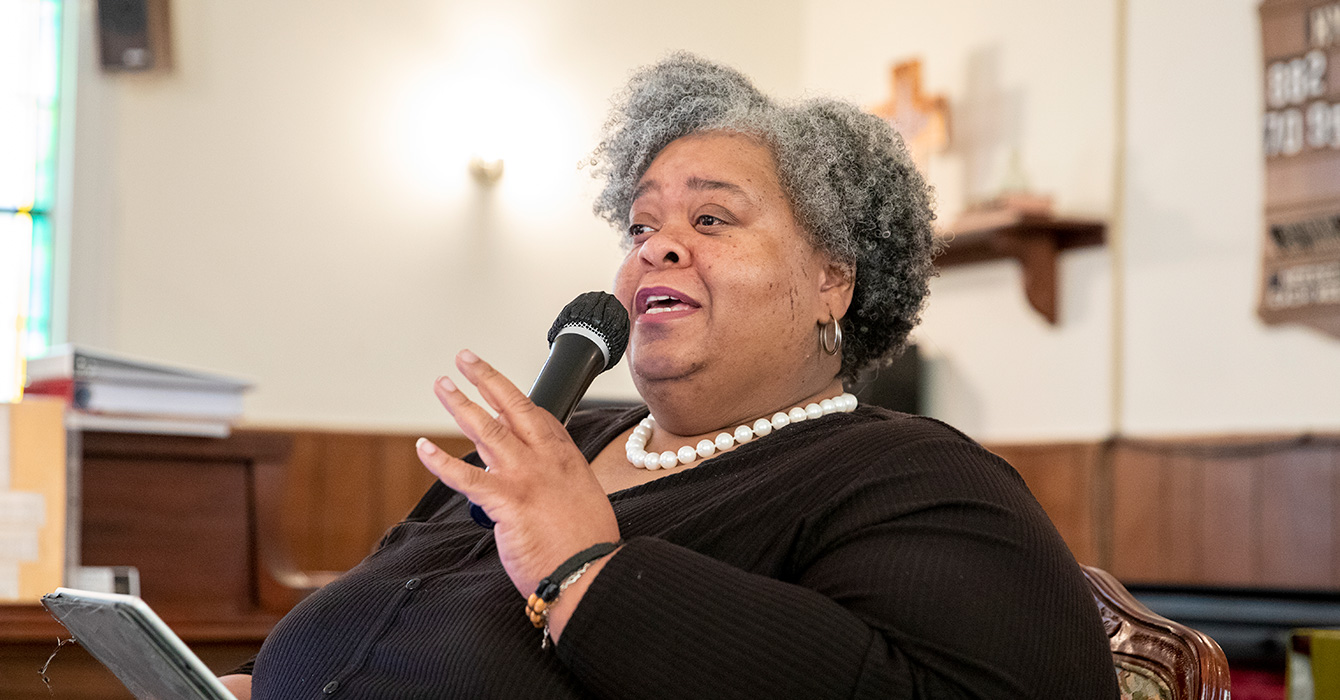I speak at a couple of denominational gatherings each month. I usually do an age breakdown of who’s there by asking people to raise their hands. The typical gathering consists of several people over the age of 70. Most people are in their sixties. The second largest group is in their fifties. Two people are in their forties. Two or three are in their thirties. No one is in their twenties.
This is important because decisions are made in those rooms and in seminary boardrooms. And just like in our national dialogue, those decisions will benefit the people around the table. This article made me pause and wonder: Do our religious institutions make decisions that benefit older generations at the expense of younger ones?
Here are three examples of when we do.
Retirement incentives. In the Presbyterian Church (USA), we have an awkward arrangement. The Board of Pensions gives each retirement age person incentives for not retiring. Each year, until the age of 70, our pension board gives retirement age individuals an increase of 6.5% per year. When you add that to the Social Security benefit increase of 3% to 8% each year, that’s a lot of cash. I have witnessed many pastors who long to hang their hats and keep showing up at the office, because they can’t walk away from such a huge increase.
This hurts younger generations because the employment opportunities for pastors entering the ministry have quickly diminished in the last few years. Many rural parishes can no longer afford pastors, so they hire retired ministers, lay pastors or a pastor from another tradition. Other churches have had to cut their associate pastor positions. When we have a scarcity of jobs for the young, why are we encouraging pastors to put off retirement?
Seminary economics. In the last fifteen years, I have watched some seminaries plan building projects, grow endowments and hire more administrative management.
Buildings, endowments and administration are wonderful. Yet, do we ask for donor money for worthy projects while losing sight of the students? What happens when the students can no longer afford their educations? Some students leave seminary with $70,000 to $100,000 worth of debt. Churches are trying desperately just to keep up with rising medical costs, so most of them have not adjusted their salaries for educational debt.
Why is it that we can find millions for buildings, administration and endowments, while our students go deeper into a financial hole? What’s the purpose of our seminaries? If our institutions are for building up the next generation of leaders, then shouldn’t we be sure to invest in them?
Shifting responsibility to the younger generations. When students graduate from seminaries and begin to look for jobs, we tell them, “Sorry. There are no positions available. You need to be creative. You need to be bi-vocational.”
We need great entrepreneurial creativity in the years ahead, and some people feel called to bi-vocational ministry. (I am presently a bi-vocational minister.) We will need to plant congregations and start new communities. Yet, we will need to do it together. We should not expect a twenty-something seminary graduate with a boatload of debt to plant a congregation without any support.
By the way, let’s be clear. “Bi-vocational” should not be code for, “You will work at the mall, bag groceries or deliver pizza alongside your service to your church.” We should not find ways to baptize our language, if we simply mean we cannot pay for a full-time employee. Bi-vocational ministry can be a meaningful calling, but it should not be an attempt to put all of the responsibility on our young pastors, without creative support of all our denominations.
How can we shift our focus? How can we utilize our institutions’ resources in real ways for the support and innovation of the young?
That will be the challenge for the years ahead. If we do not meet that challenge, we will have a lot of money, a lot of buildings, but not a lot of leaders.












